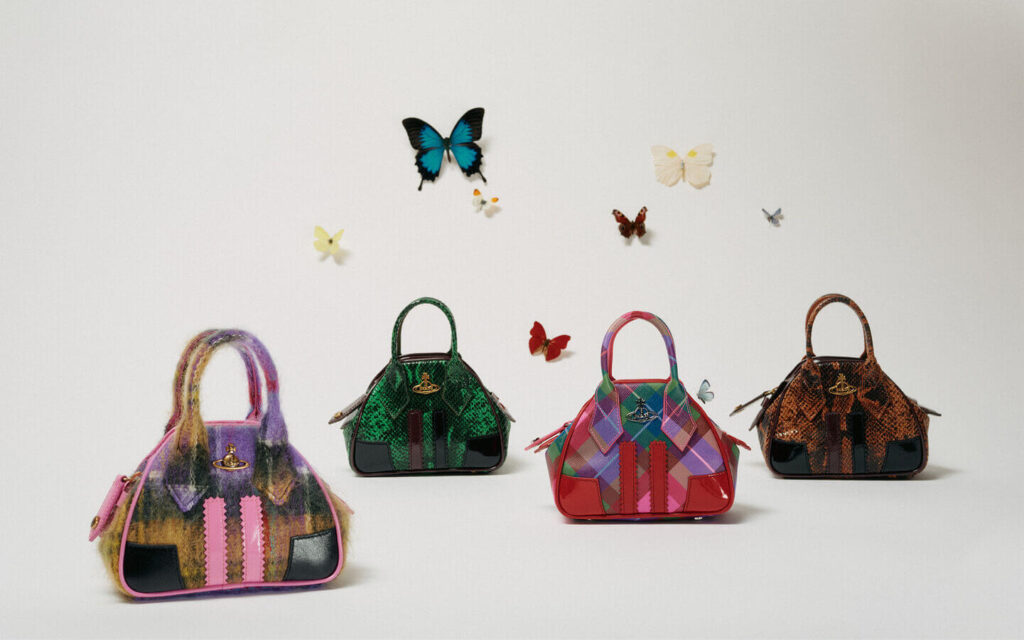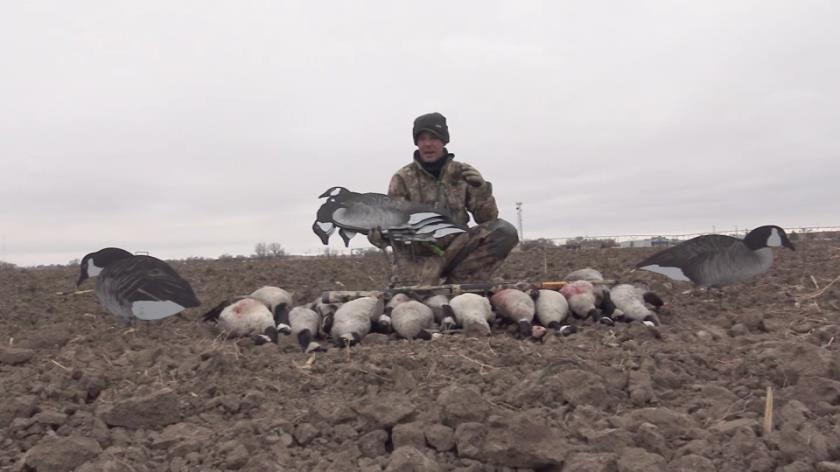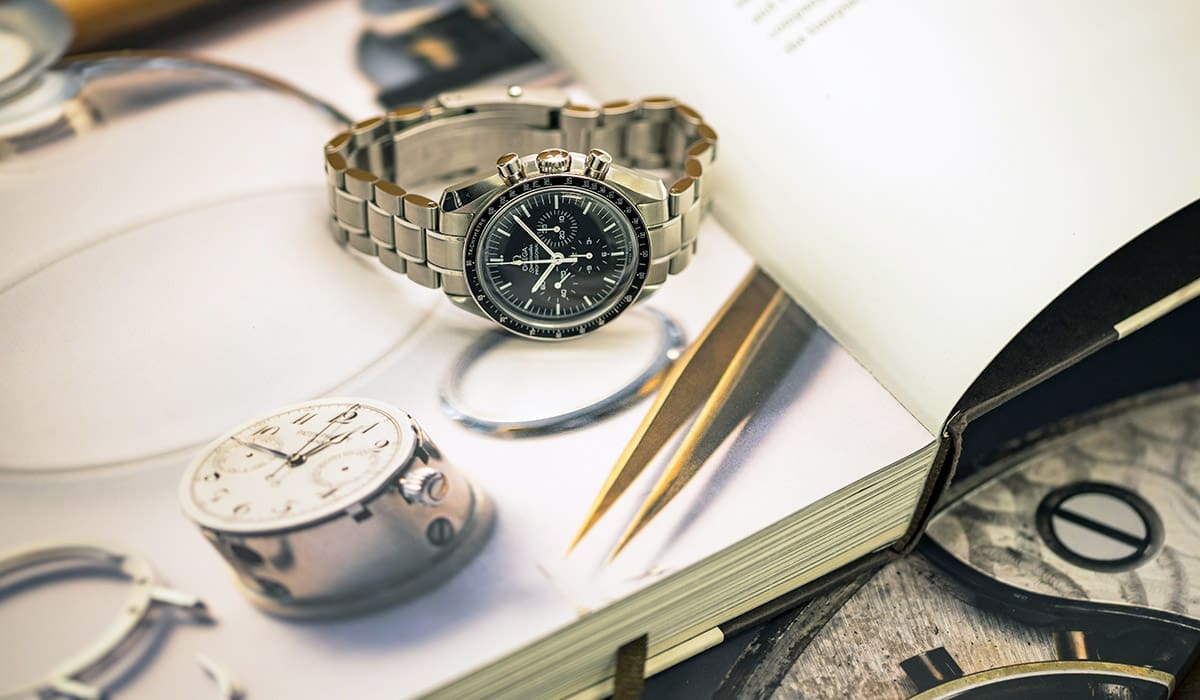MILAN — It was my first time back in Milan in two years. The last time I was here, it felt like the world was about to unravel as the coronavirus outbreak in nearby Bergamo gathered momentum. And so it was again this Milan Fashion Week when events beyond the fashion bubble — but which have serious consequences for both the industry and the wider world — loomed over the proceedings.
Before war broke out in Ukraine, the world was already on edge over the mounting tensions between Russia and the West, but industry insiders were largely focused on Milan Fashion Week: Gucci was back on the schedule after a Los Angeles show and a slew of digital activations during the pandemic; Raf Simons and Miuccia Prada were set to show the next iteration of their (still new) partnership; and Matthieu Blazy was about to debut his first collection as creative director of Bottega Veneta after the sudden exit of his former boss, Daniel Lee.
But like many, I was taken by surprise when, early Thursday morning, Russian president Vladimir Putin sent military forces into Ukraine. Throughout the week I stayed up late at night watching CNN, BBC and France 24, switching between channels trying to make sense of what was happening, and then filling my days with meetings and shows to catch up with Italian fashion leaders and gauge their reaction to the crisis.
It was jarring: fashion, seemingly immune to the conflict, set against the horror of full-scale war, my social media feed filled with both fashion shows and memes about the war. The long-term implications remain foggy. Could this really be the beginning of a global conflict, unlike anything we have seen since the Second World War as some fear? We don’t know yet.
The West has responded to Russia’s assault with severe sanctions, from Germany pulling out of its Nord Stream 2 gas pipeline deal with Russia to unprecedented forms of economic warfare that have isolated Russia, preventing some Russian banks from using SWIFT, the global banking payment network, and freezing hundreds of billions of dollars of Russia’s central bank holdings.
Throughout the week I wondered, how should fashion respond? Surely, the industry can’t continue as if things were normal. We have an important role to play in standing in solidarity with the Ukrainian people and in isolating Russia to exert pressure on Putin to end the war.
:quality(70)/cloudfront-eu-central-1.images.arcpublishing.com/businessoffashion/J5MN5KXDYNCTJGIGYDWVANDW2U.jpg)
Other cultural entities like the Formula 1, FIFA (international football’s governing body) and even Eurovision have all ended or curtailed their associations with Russia.
The F1 said it would be “impossible to hold the Russian Grand Prix” scheduled for September. FIFA has announced an outright ban on Russia by both the European and global football associations. And Eurovision, which originally stated it would stay out of politics and allow Russia to participate in its annual music competition has backtracked.
What seems clear is that the longer this war endures, the greater the calls will be for the fashion industry to speak up and take action too.
On Thursday in Milan, the first protesters appeared outside Prada. At first, it looked like they were just posing for street style images — and admittedly, they were far outnumbered by hordes of Gen-Z’s clutching their phones, hoping to catch a glance of Kim Kardashian and Chiara Ferragni.
:quality(70)/cloudfront-eu-central-1.images.arcpublishing.com/businessoffashion/VA5C5OYIB5CTPHC77XSP2YPTSE.jpg)
But then there was a larger group outside the Versace show with anti-Putin signs. On my way to an Etro dinner, I bumped into a big crowd of protestors in front of Milan’s Duomo cathedral, chanting and singing support for the Ukrainian army, whose defence of their country has turned out to be fiercer than Putin may have been expecting.
Protestors also took to the fashion internet. The comments under recent Instagram posts from Gucci, Prada and Fendi showcasing content from their Milan fashion shows are now full of Ukrainian flag emojis and pleas for brands to break their silence and take action.
Said a user, alessiopositiveboom, under a post by one Italian luxury brand: “You forget there is a war, at least send a message of peace. Your big customers are Russian but this doesn’t mean you can’t raise a voice for peace.”
:quality(70)/cloudfront-eu-central-1.images.arcpublishing.com/businessoffashion/PLYY4Y7IVBADVEJ2FHHA4OS5MM.jpg)
As the week went by and the war in Ukraine escalated, some fashion insiders concluded it was tone-deaf for the shows to go on. Giancarlo Giammetti, former business and life partner of Valentino Garavani, who has seen his share of fashion weeks, wrote on Instagram: “The illogical compatibility between fashion shows and the Ukraine situation is something that has to be addressed.”
Carlo Capasa, head of Italy’s Camera della Moda, told me on Sunday that at the start of the week, nobody expected the crisis to escalate so quickly. He underscored the importance of humanity and peace above all else and said Italian brands are thinking of some kind of collective action. He also strongly denied that the trade body had pushed for a carve-out for luxury goods on sanctions placed on Russia by the EU, as has been reported in the British press. But for now, it seems luxury brands can still ship goods to Russia.
His counterpart in Paris, Ralph Toledano, issued a statement just as the first shows in the French capital were getting started: “Given the present context, the Fédération de la Haute Couture et de la Mode encourages you to experience the shows of the coming days with solemnity, and in reflection of these dark hours.”
“You forget there is a war, at least send a message of peace. Your big customers are Russian but this doesn’t mean you can’t raise a voice for peace.”
But is this enough? As fashion month continues this week, the industry will undoubtedly face growing calls to take a clearer stance — much as they did during the social justice protests in 2020 and during the #MeToo movement. But how can this be done in a concrete way that goes beyond the little black squares that were often seen as empty PR?
For one, it can happen through seriously re-evaluating the industry’s engagement with Russia. This is neither simple to execute nor an easy decision to make, but the ultra-rich in Russia are already being impacted by international sanctions and restrictions on having their private jets fly through European air space, so why not cut off access to luxury goods, too? Brands could close their Russian shops and decline to ship products to Russia from their online stores. As Russia only represents two to three percent of the global luxury fashion market, this would be a largely symbolic move, but it would still show a commitment to a strong moral position.
The platform of fashion week — which reaches millions of consumers around the world — could also be a way for the industry to make a statement as Giorgio Armani did on Sunday evening in Milan, doing his show in complete silence. That the crisis is happening during fashion week presents an opportunity to use fashion’s soft power to further isolate Russia.
As I landed in Paris, my friend Sophie Fontanel shared a powerful photo from the Moscow subway of a woman in quiet and brave defiance in the face of the war, wearing the colours of the Ukraine flag. It reminded me of how powerful visual symbols can be.
And finally, brands can donate money to charities supporting the innocent people impacted by the war. Red Cross Ukraine, United Help Ukraine and Nova Ukraine are among the charities doing work on the ground to provide humanitarian aid including food, emergency shelter, hygiene products and medical supplies. They don’t need to shout about it publicly, but this kind of concrete action would mean a lot to employees and the Ukrainian fashion community.
By the time Paris Fashion Week started on Monday, Ukraine had agreed to talk “without precondition” and was preparing to sit down with Russia to try and resolve the conflict. But until such a resolution arrives, fashion must find a way to do its part. There is simply too much at stake to stay silent.





More Stories
Top 10 Cakes Ideas that you must try out – Designs for life
Whites’s IGA officially unveils sixth store at Forest Glen Village Centre
Labor and Material Cost Increases: Planning for your Small Business in 2022